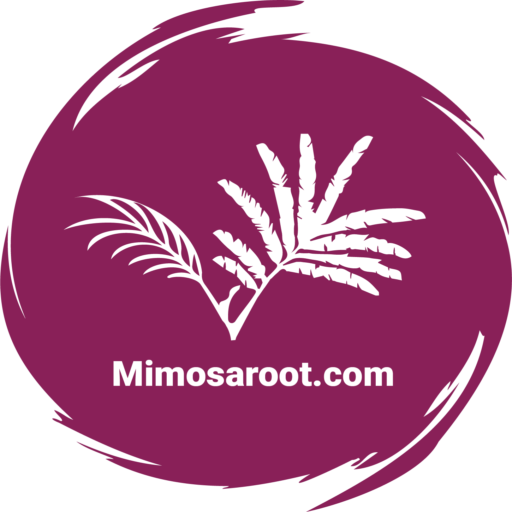Uncategorized
Benefits of mimosabarks?
1. Anticancer Properties
Mimosa bark, derived from the plant Albizia julibrissin, has shown promising anticancer activity in various in vitro studies. The active compounds known as julibrosides have been documented to inhibit the growth of several cancer cell lines. This suggests that mimosa bark may play a role in cancer prevention or treatment, although further clinical research is needed to establish its efficacy in humans.
2. Stress and Anxiety Relief
Traditionally used in Chinese medicine, mimosa bark is recognized for its adaptogenic properties, which help the body manage stress effectively. It supports a healthy stress response and may alleviate symptoms associated with anxiety and depression. The herb is often marketed for these purposes, indicating its potential as a natural remedy for mental health support.
3. Sleep Support
Mimosa bark has been utilized to promote better sleep quality and combat insomnia. Its calming effects are attributed to its historical use as a sedative, making it beneficial for individuals struggling with sleep disturbances.
4. Anti-inflammatory Effects
The stem bark of mimosa has been traditionally employed as an anti-inflammatory agent. It has been used to treat various conditions involving swelling and pain, particularly in the lungs and skin-related issues such as ulcers and wounds.
5. Antioxidant Activity
Research indicates that mimosa bark possesses antioxidant properties due to the presence of phenolic glycosides and flavonoids. These compounds can help neutralize free radicals in the body, potentially reducing oxidative stress and lowering the risk of chronic diseases.
6. Nutritional Uses
The seeds of the mimosa tree are rich in polyunsaturated fatty acids and can be utilized as a source of food for livestock and wildlife. Additionally, they have applications in cosmetics due to their oil content, which can be used in products like soaps and shampoos.
In summary, mimosa bark offers multiple benefits, including anticancer properties, stress relief, sleep support, anti-inflammatory effects, antioxidant activity, and nutritional uses.
